Tsumihoroboshi is the sixth entry into the Higurashi franchise and starts us off in a rather gloomy environment with our classmates. We all find ourselves in the junkyard as a sullen Rena explains her actions pertaining to how they reached that point. What is happening and what she did will not be explained anytime soon as she begins her story unnecessarily far before the current events. Like many other chapters, it will drop us in a carefree and happy environment for the first couple of hours. In this case, we kick things off with a rather intense water gun battle full of the usual shenanigans their club activities have.
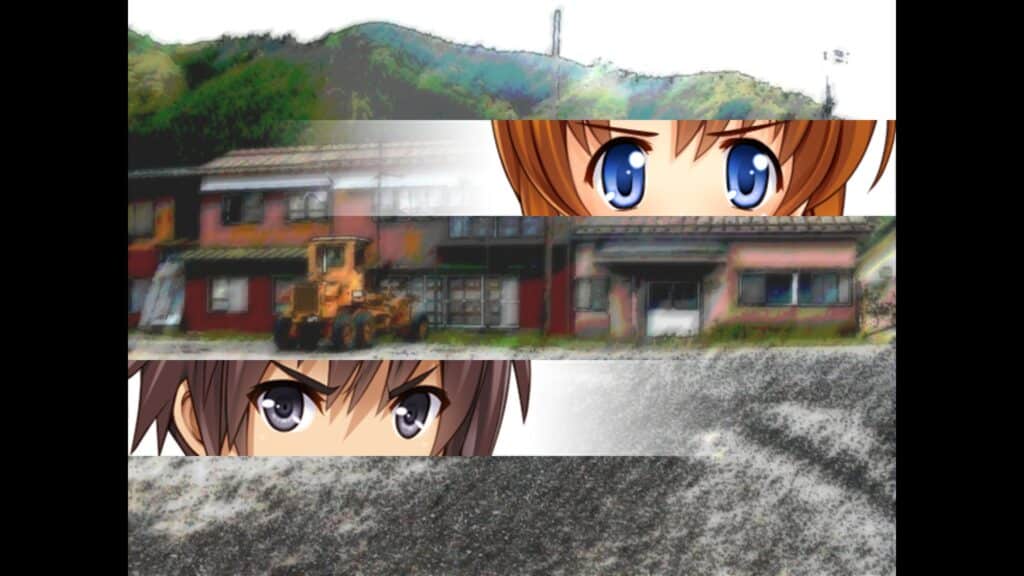
This time around, we share the perceptive of two characters. First, we have our usual protagonist Keiichi. Then we have Rena, a character we’ve heard many worrying things about and was prone to sudden mood shifts in some chapters. It primarily focuses on Rena, who is a really intriguing character. She is dealing with her own set of issues like the rest of the cast, to little surprise. The theme of this journey is of divorce, having a simp as a father, and impressionability. All of it takes place around the events of the very first title, but that is mainly regulated to explaining key things that occurred via a new perspective. There is little in the way of crossover, making chapter 6 very much its own thing, unlike the last entry starring Shion that retread too much old ground.
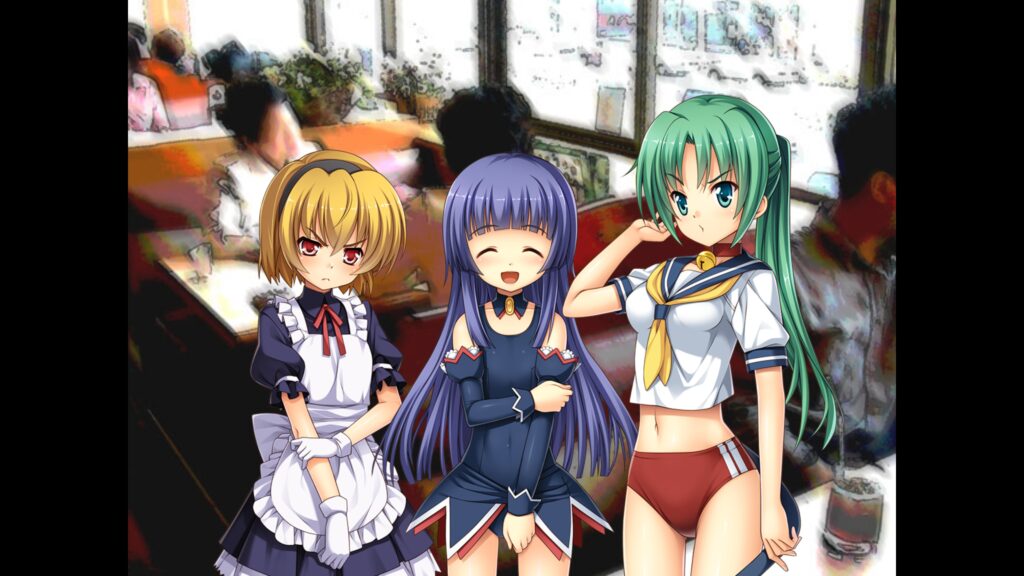
The slice of life moments don’t last as long as other titles. Rena is quite proactive, and her adventure has many more twists & turns than we were lead to believe. That sullen opening of everyone watching Rena in the junkyard is only the halfway point. I don’t want to spoil anything, but Tsumihoroboshi is the most unnerved I have ever felt in this series. It is not as grotesque and violent as some other entries, yet the simple threat of violence from someone with an obscene lack of sanity leads to a great amount of tension from every action. The gradual decline of seeing someone lose their marbles and witnessing their shifting thought processes are equally as interesting as the dark subject matter. It is made even more horrifying by the fact an otherwise average person could fall into that pit, and this cleverly ties back into what happened in the first title.
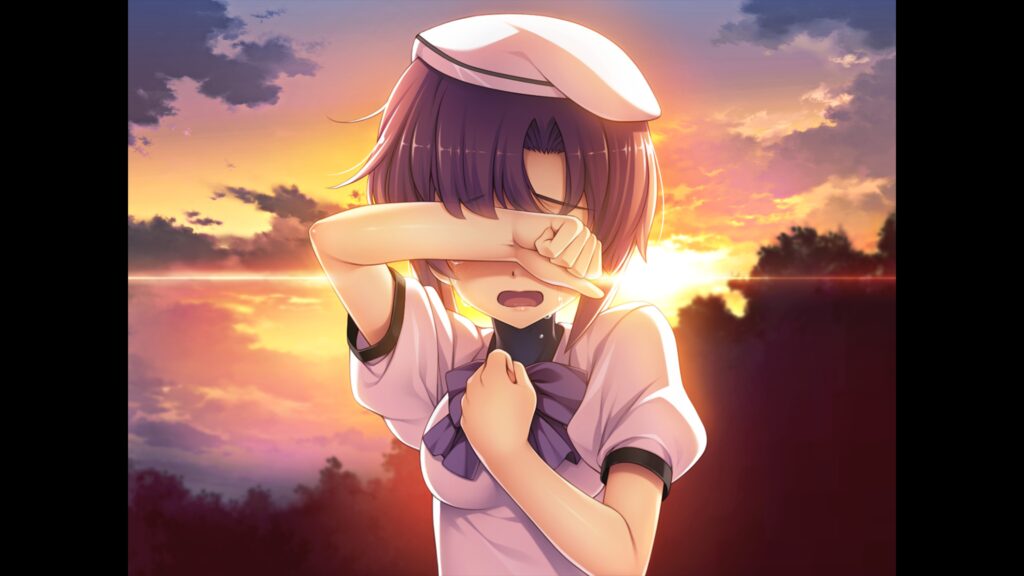
I was surprised with Tsumihoroboshi. The last chapter lost me a little, and this one pulled me right back in. Most of the important sections follow Rena and her exploits, though our old protagonist Keiichi does have some more of his background revealed throughout. It was just as surprising as many of the things that happen in this chapter. Turns out he was quite the douche, to say the least. In terms of new content, we have two new character sprites. One belongs to the girlfriend of Rena’s father, while the other to Teppei Houjou. They are both well-drawn, and discovering what Teppei was up to during this time is interesting. He is shown to be more than a child abuser. He also has a thriving, if equally sleazy, business. Yeah, the guy has no redeeming features, but at least he has a character sprite now, which he desperately needed since chapter 3.
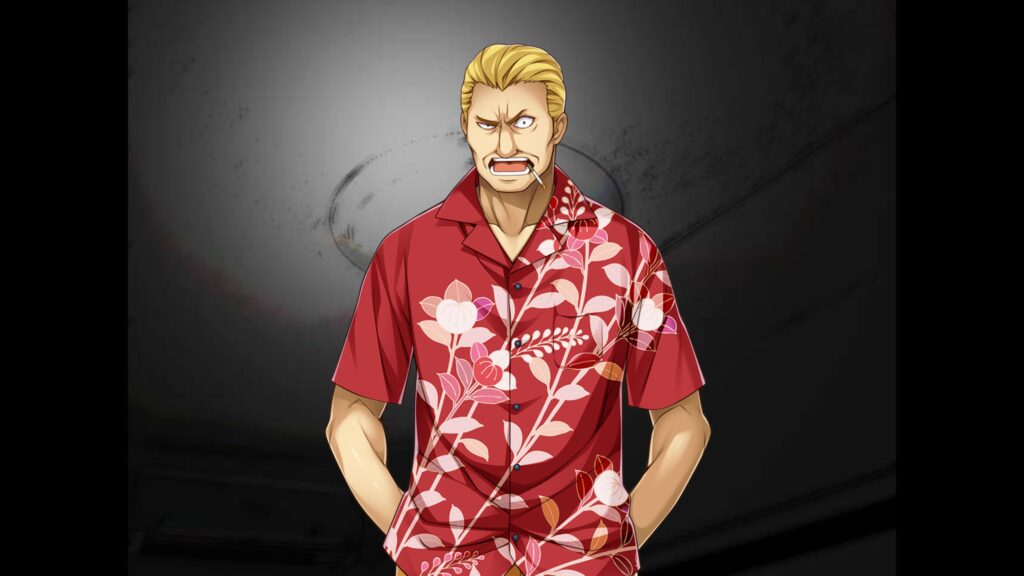
A minor detail to help you differentiate between the current character you are playing as is the text color. Keiichi has your standard white text, while Rena has a pink font. Well, for the most part, she has pink. It’s not until she starts losing a grasp on things that it changes into a blood-red to reflect her current state of mind. That is kind of a spoiler, but given you’ve likely played the other titles if you are reading a review of the sixth entry, it has always been clear this girl is more than just a caring person. What I was not expecting is how she reaches the point where she appears darn near possessed. It is tragic and heartbreaking hearing the crazy things she spouts later on. As this title wants to make all too clear, perspective is not the same as reality. With an unreliable narrator like Rena, we the player could be just as delusional without another character’s view (Keiichi) to realize it.
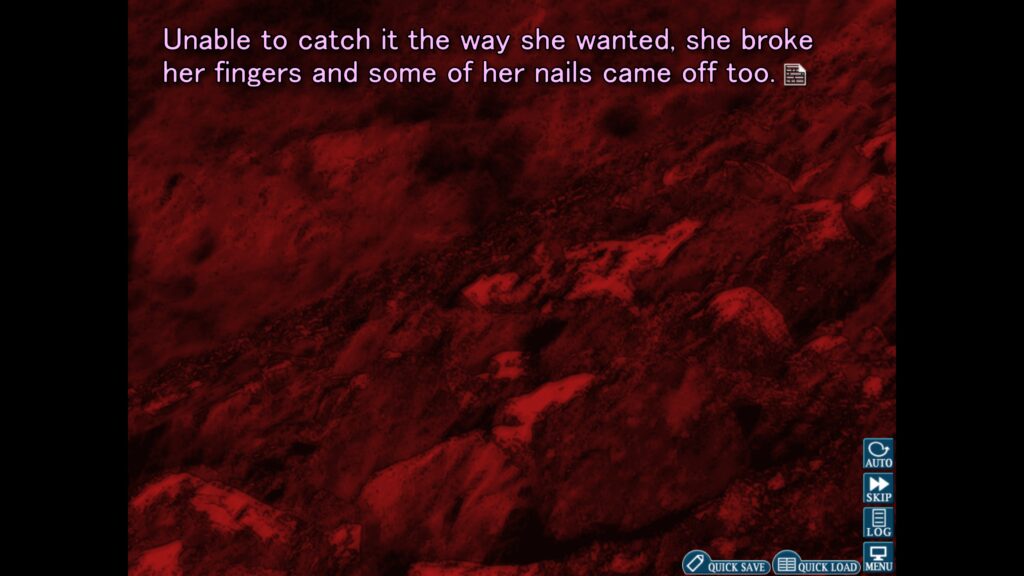
It is really fascinating writing all throughout that tackles a wide array of subjects. Probably the most of any entry so far. In terms of overall story progression, it finally confirms something that has been apparent for quite some time. That being how some characters are still around despite having died in previous chapters. I enjoyed Tsumihoroboshi thoroughly. If I had to levy one complaint against it, it’d have to be how ‘anime’ it gets towards the end. What with a child somehow coming out of a fight utterly unscathed against a hatchet by using a mop and then a rooftop battle that lasted much too long, like if this was an episode of Naruto or something.
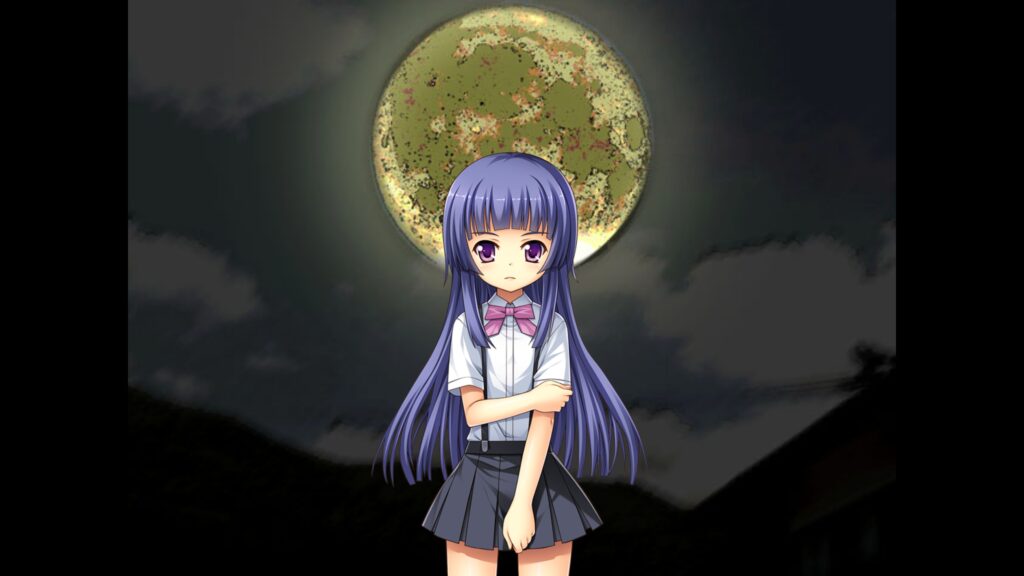
Sadly, the Afterparty event where all the characters discuss what happened in the current chapter remains gone. In its stead, we have another developer message. It has to do with being bullied to the point of considering suicide or murder. That has nothing to do with what occurred in the story, yet it is an incredibly serious issue of which he suggests ways to get help. With the frightful increase of school shootings in America the past few years and kids feeling the need to end their lives, the advice to seek help and call a hot-line remains as crucial now as when the game was released. Yeah, I still remember when I just assumed this series was about spooky ghosts when I blindly booted up the first chapter one day. What a wild ride this has been. I’ve lost count of all the sensitive subject matters that it has maturely tackled, ranging from child abuse to mental disease. It has had its highs and lows throughout the series, yet predictable it is not. Chapter 6 is one of the strongest entries. While a bit tonally different, the ending does signify a significant change to the status quo as this franchise spirals towards an end.
- Speer DX Review - April 4, 2024
- The Legend of Santa Review - December 7, 2023
- GROOD Review - December 6, 2023